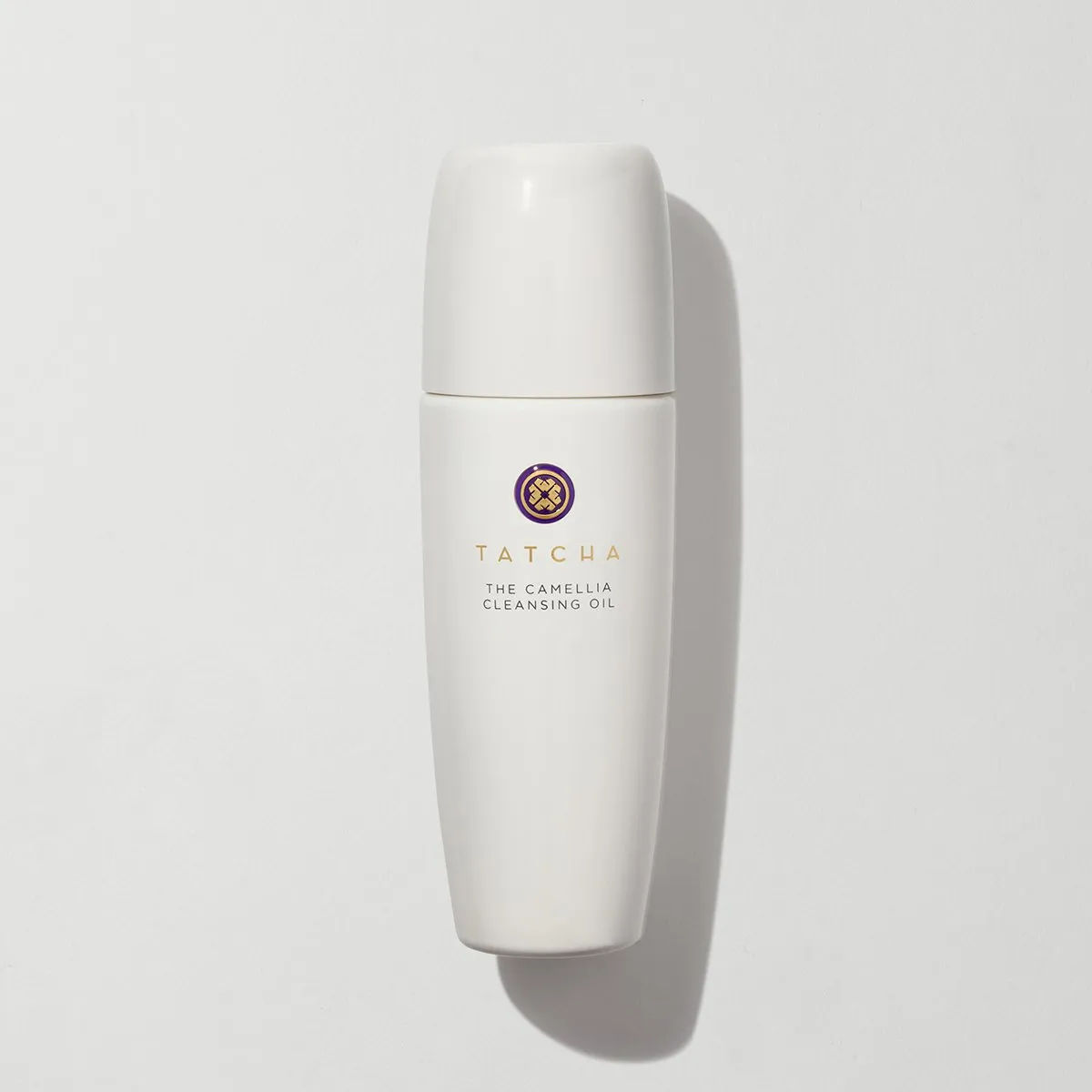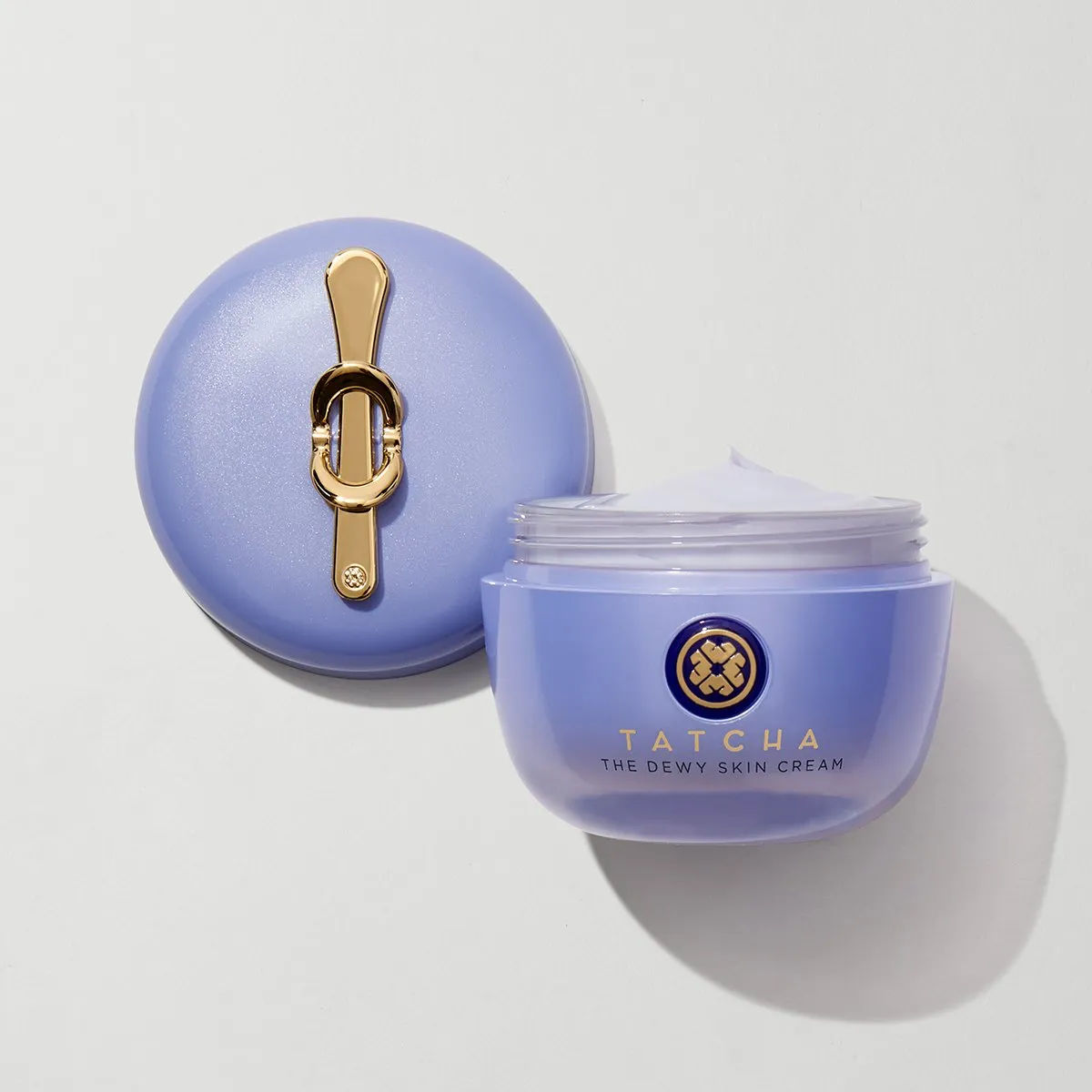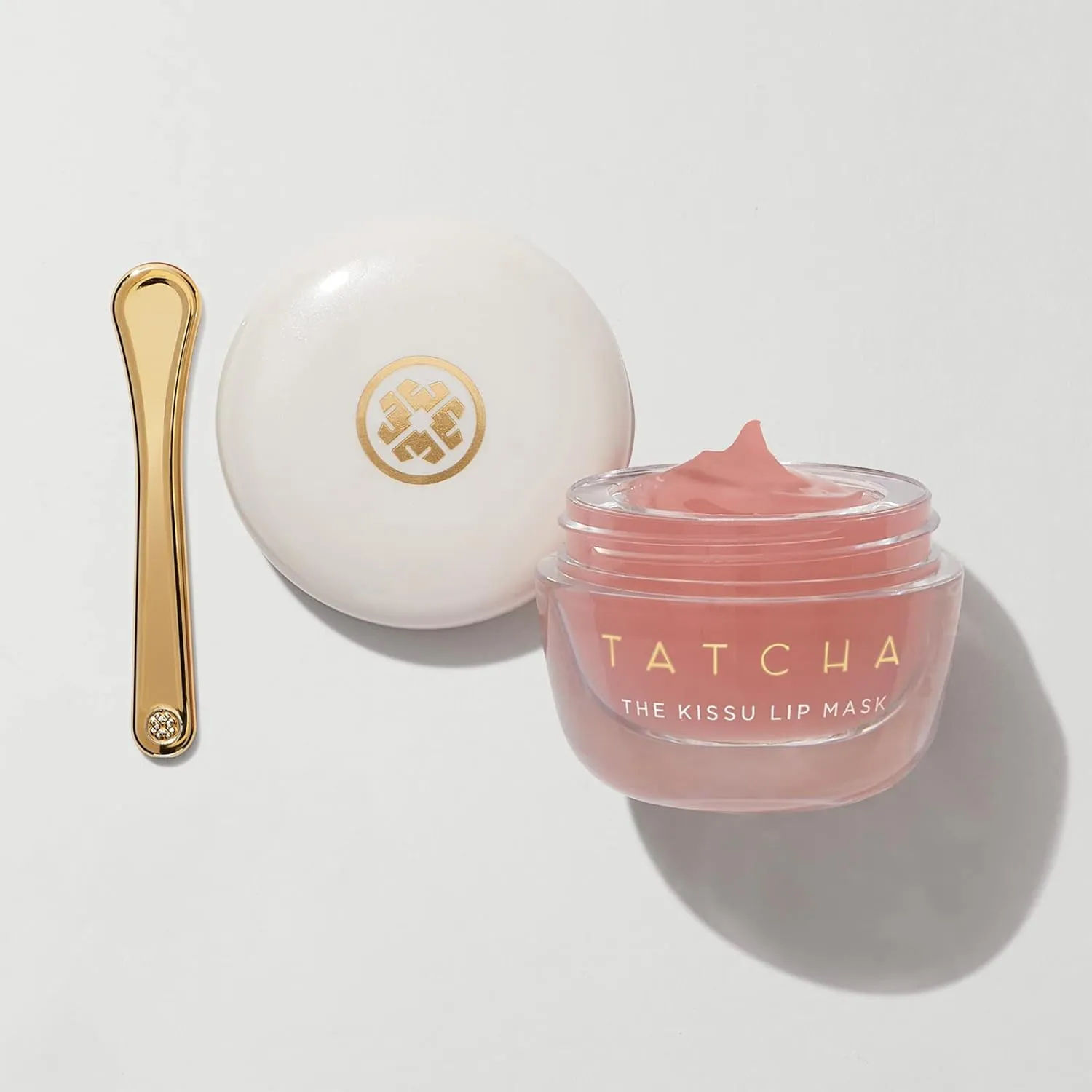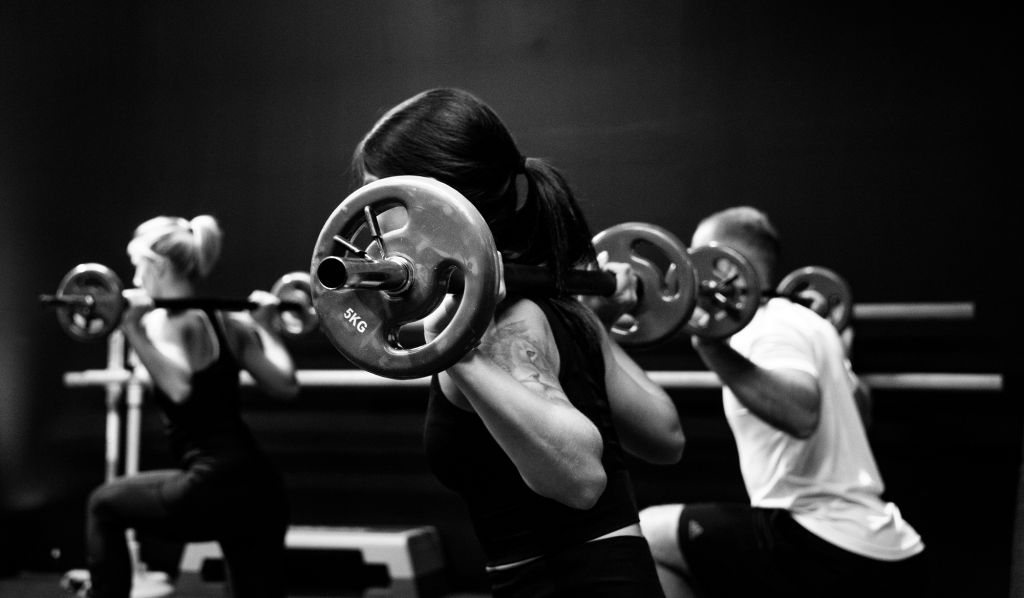If you’re looking to achieve a flawless and youthful complexion like Nicola Coughlan, we’ve got the low-down. The Bridgerton star recently unveiled her 3-step nighttime routine, which included a series of Tatcha products.
We are all well aware that one of the hottest series right now is Bridgerton Season 3, which centres around Colin Bridgerton and Penelope Featherington, played by Luke Newton and Nicola Coughlan respectively. For this new season, Netflix has divided the narrative into two parts, leaving the last episode of part one on a cliffhanger. Although we have to wait until next month to find out what happens next, at least we can test and try Nicola’s skincare routine during the wait.
As the Bridgerton cast was travelling to promote the series, going on various programs and promo tours, it wasn’t until E-News interviewed Nicola about her skincare routine that she unveiled how she got that stunning glow. Nicola’s response was “Right now it’s Tatcha. They’re killing it. I love it, and lots of water and sleep.” Then the star jokingly added how she grew up in Ireland without sunshine. After that video circulated that the actress is 37 (and supposedly playing a 19-year-old), of course, fans all over socials were wondering what Tatcha products Nicola uses. Lucky for us, the star revealed her nighttime routine on her personal Instagram. Oh, how we love a non-gatekeeping queen.
Nicola Coughlan’s nighttime skincare routine
Tatcha Camellia Cleansing Oil

According to the clip, Nicola starts by washing her face with “2 squirts” of the Tatcha Camellia Cleansing Oil. “I really love a cleansing oil because it feels like it really grabs and gets rid of everything on your skin and it also smells really beautiful, so it’s nice and aromatherapeutic for the end of the day,” she explains. This oil is a 2-in-1 product that cleanses the skin by removing all the makeup, yet also moisturises the face. Since it’s formulated with camellia oil, this item works well with waterproof makeup, too.
Tatcha The Dewy Skin Cream

Next, Nicola goes in with the Tatcha The Dewy Skin Cream, the brand’s best-selling moisturiser. This product contains a hyaluronic concentrate, which deeply penetrates the skin, hydrating and plumping it. There’s also algae and Hadasei-3, which further aids that dewy look as well as shielding the face against stress and pollution. “What I love about it is that it feels like it sinks in really quickly and like your skin soaks it up. It doesn’t sit on the surface of the skin; it leaves it really, really, really nice and glowy.”
Tatcha Kissu Lip Mask

The last product Nicola uses in her nighttime routine is the Kissu Lip Mask. “It’s really nice and thick and jelly-like. When you wake up in the morning, your lips are nice and plump and ready for the day.” The overnight lip mask contains squalane and Japanese peach extracts that help hydrate the lips, restoring fullness, whilst getting rid of flakiness.


















